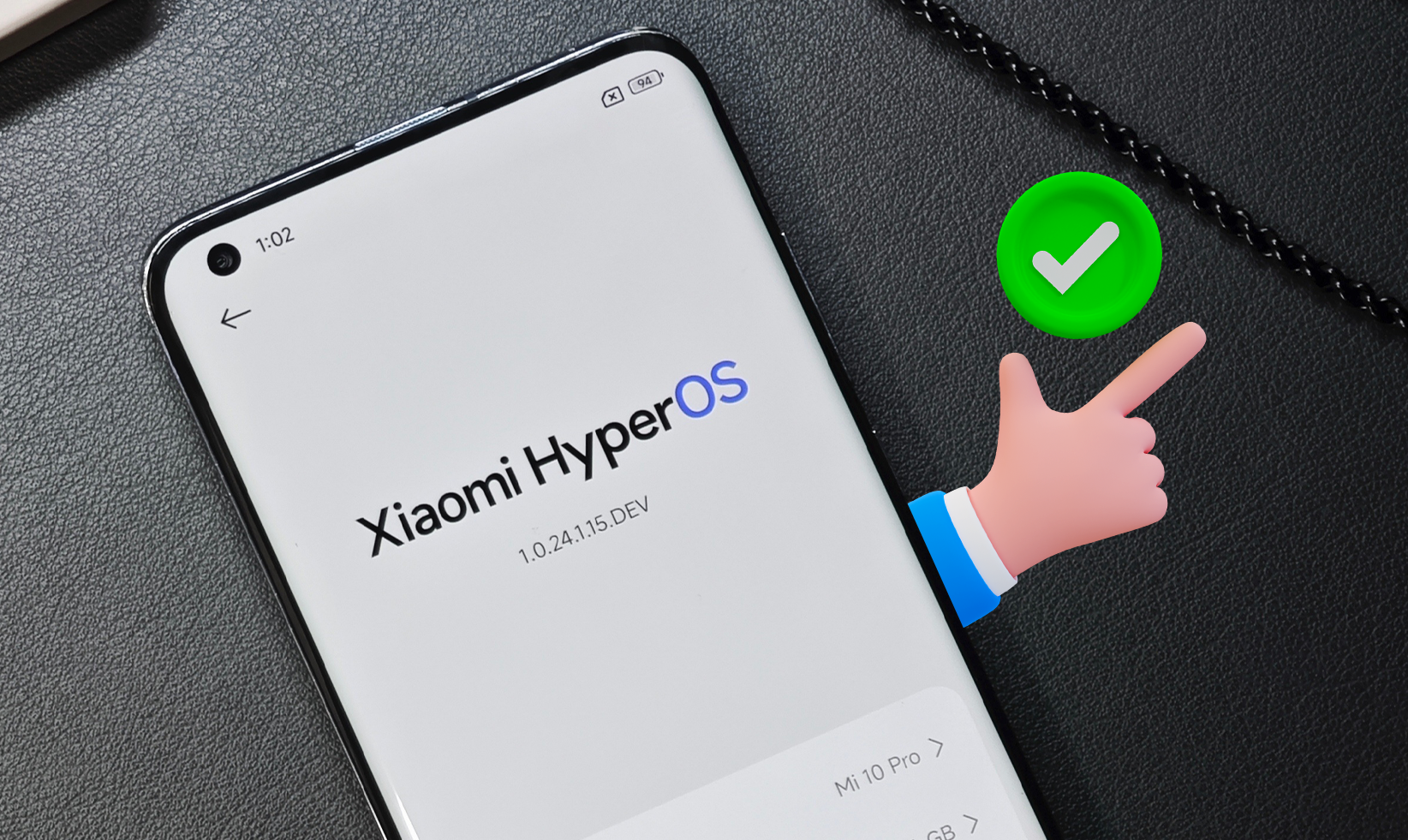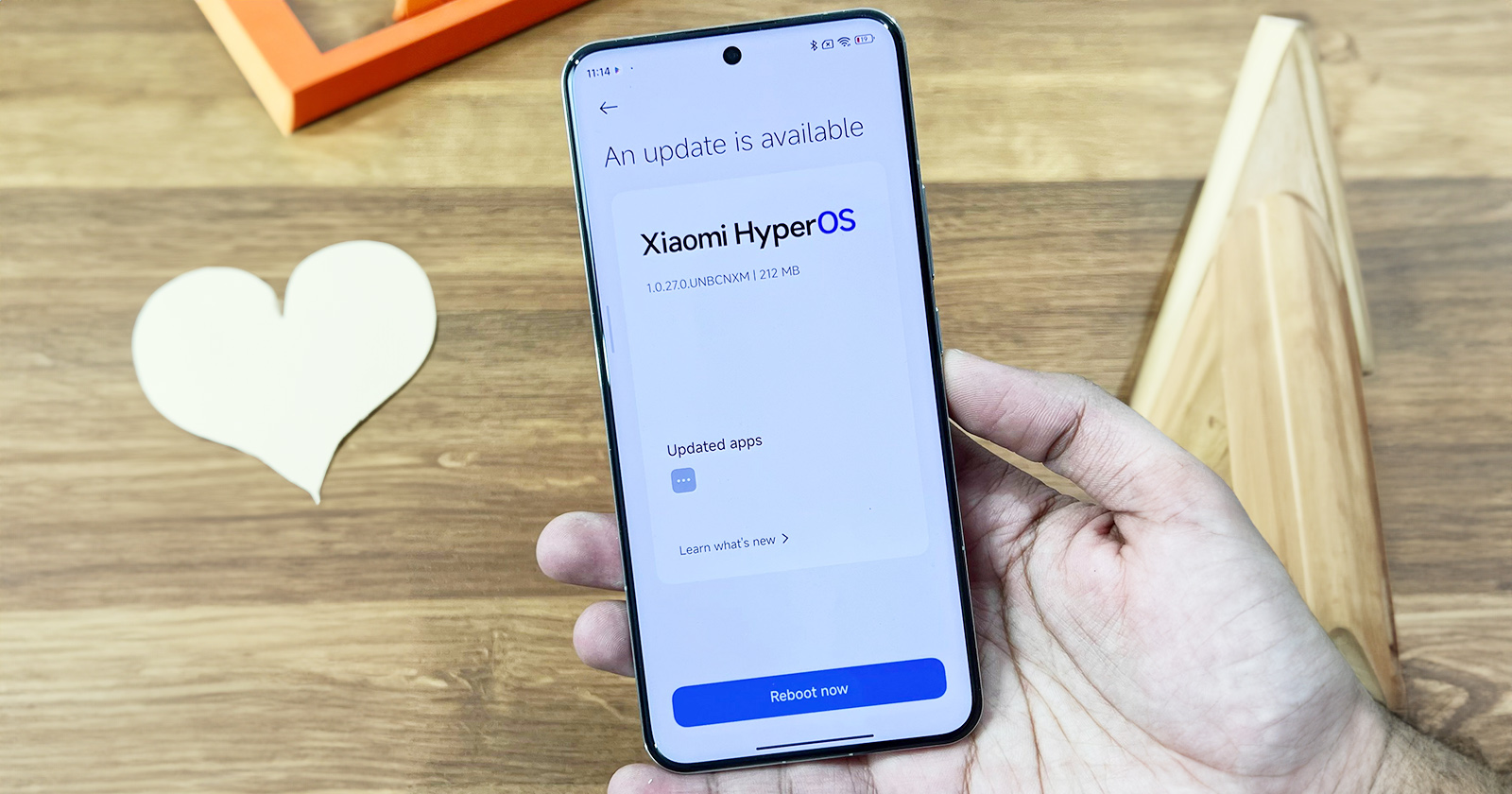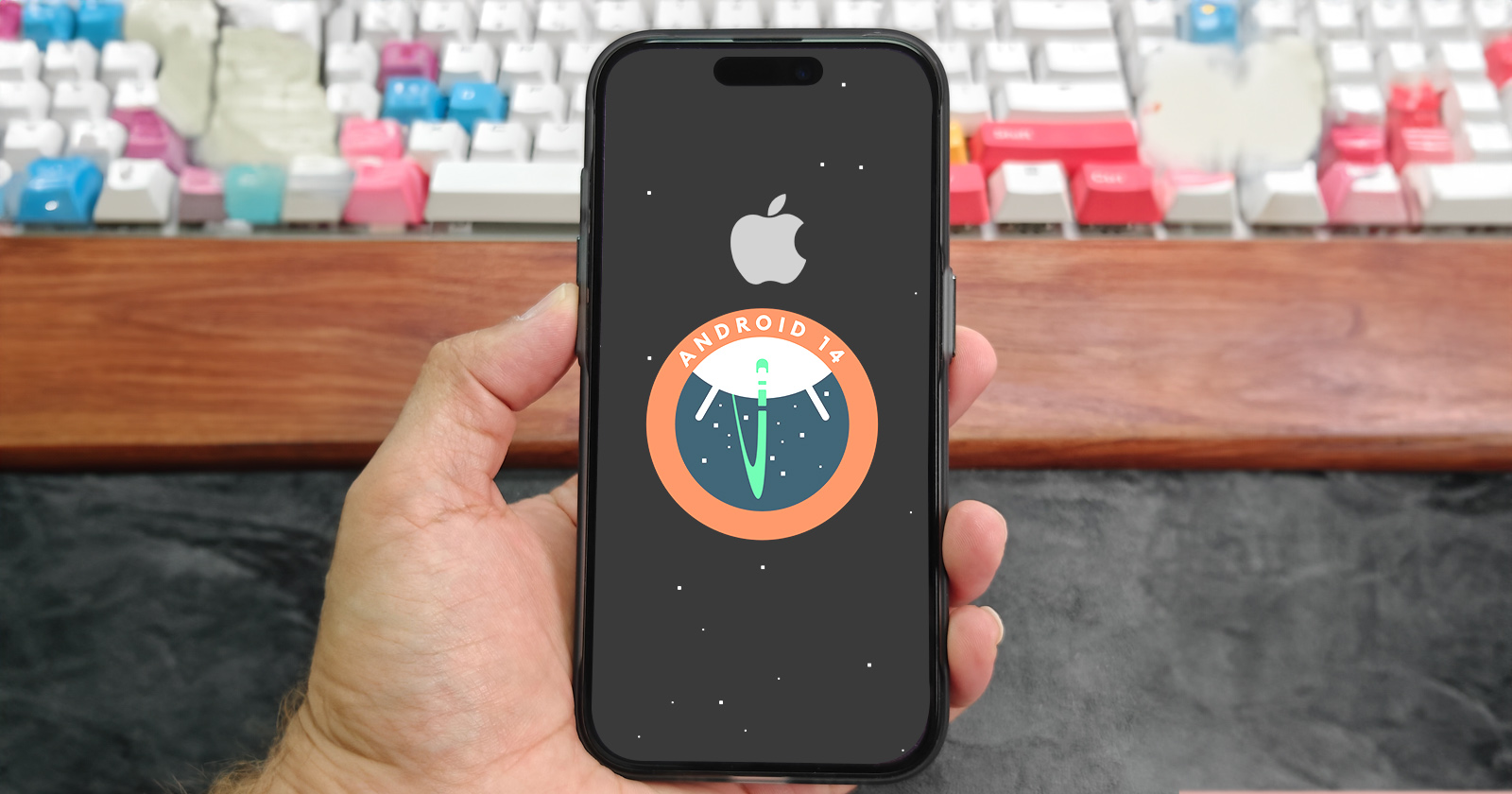In the ever-evolving landscape of mobile and smart devices, Google remains at the forefront with its Android operating system. With a rich history of innovation, Google has continued to refine and enhance its Android ecosystem to meet the diverse needs of users across smartphones, tablets, wearables, and smart TVs. However, the latest developments bring a surprising twist, as the versions for different devices diverge, with Android 14′ availability on mobile phones and tablets, while WearOS 4.0 and Android TV continue to evolve under the umbrella of Android 13.
Android 14 is only for Mobile Phones and Tablets
The latest iteration of the Android operating system, Android 14, introduces a host of new features and improvements specifically designed for mobile phones and tablets. While the details of Android 14 are still emerging, users can expect enhancements in performance, security, and user experience. Google’s commitment to delivering a seamless and intuitive interface remains a priority, ensuring that Android 14 continues to set the standard for mobile operating systems.
WearOS 4.0
Google’s wearable operating system, WearOS 4.0, is based on Android 13 rather than the anticipated Android 14. May you know, WearOS 4.0 launched after Android 14. This looks werid but this decision highlights Google’s strategic approach to tailor operating systems for specific device categories, ensuring optimal performance and compatibility. WearOS 4.0 builds upon the strengths of Android 13, offering a refined and efficient experience on smartwatches and other wearable devices. Users can anticipate improvements in battery life, fitness tracking capabilities, and overall responsiveness.
Android TV
Android TV, Google’s operating system for smart televisions, also takes a departure from the mobile and wearable counterparts by adopting Android 13. This divergence suggests that Google recognizes the unique requirements of the television viewing experience, prioritizing stability and functionality. Android TV users can expect a seamless interface, enhanced app compatibility, and improvements in content discovery. The decision to stick with Android 13 reflects Google’s dedication to tailoring its operating systems to the specific needs of each device category.
Conclusion
Google’s decision to release Android 14 for mobile phones and tablets, while WearOS 4.0 and Android TV remain based on Android 13, reflects a strategic approach to device-specific optimizations. This divergence allows Google to address the unique requirements of each device category, ensuring that users receive the best possible experience on their smartphones, wearables, and smart TVs. As the Android ecosystem continues to evolve, these nuanced adaptations showcase Google’s commitment to innovation and user satisfaction across a diverse range of devices.










